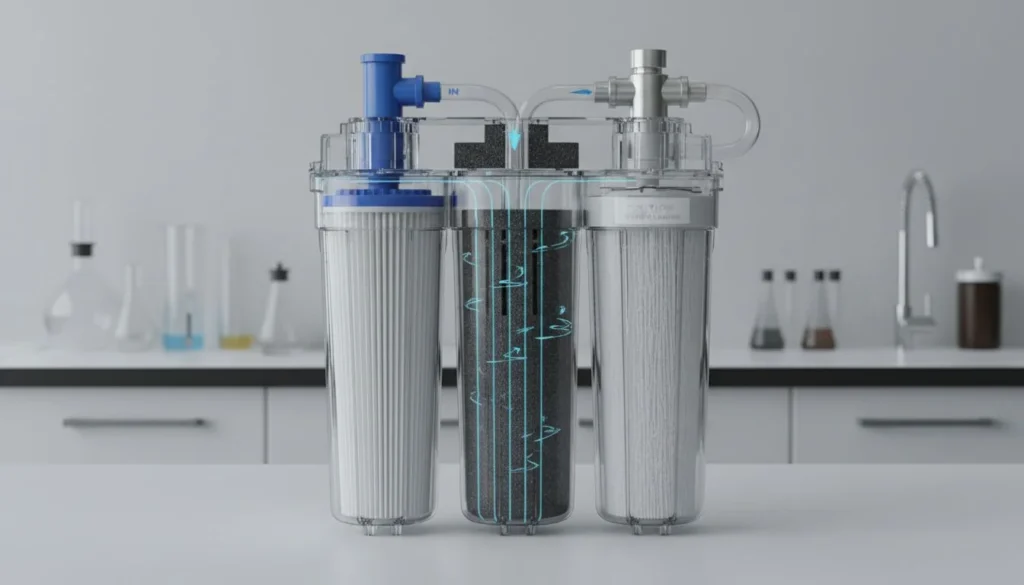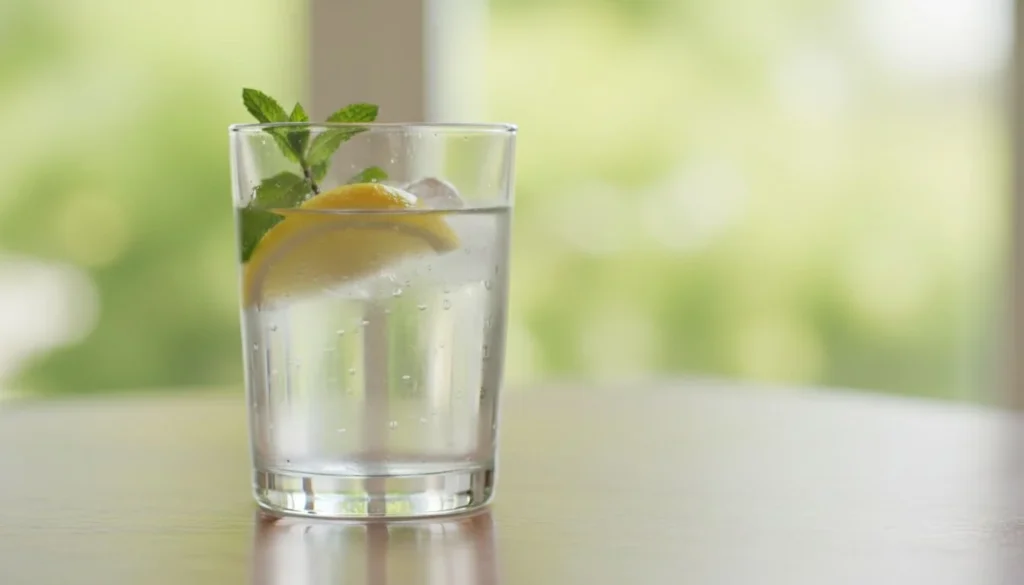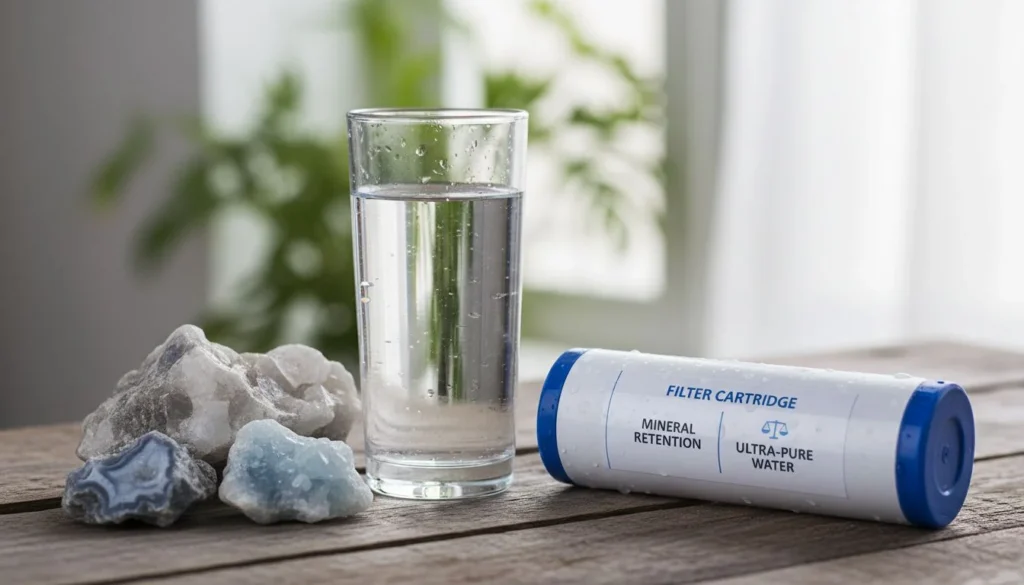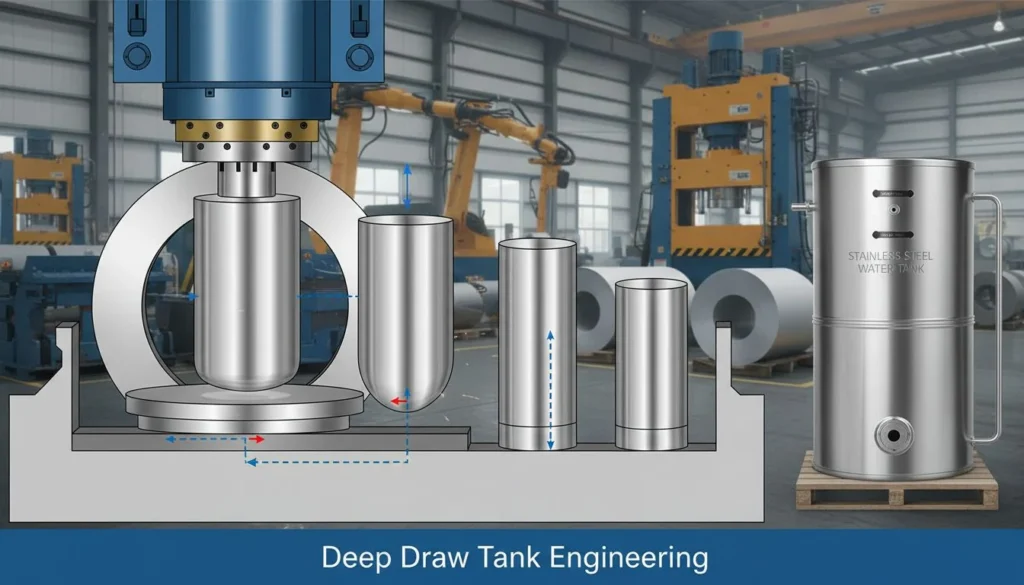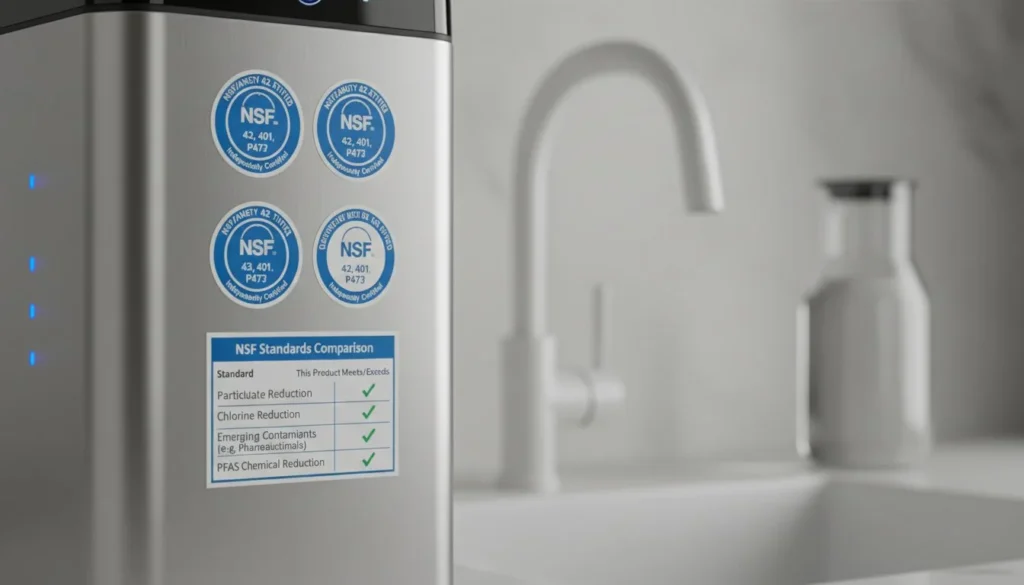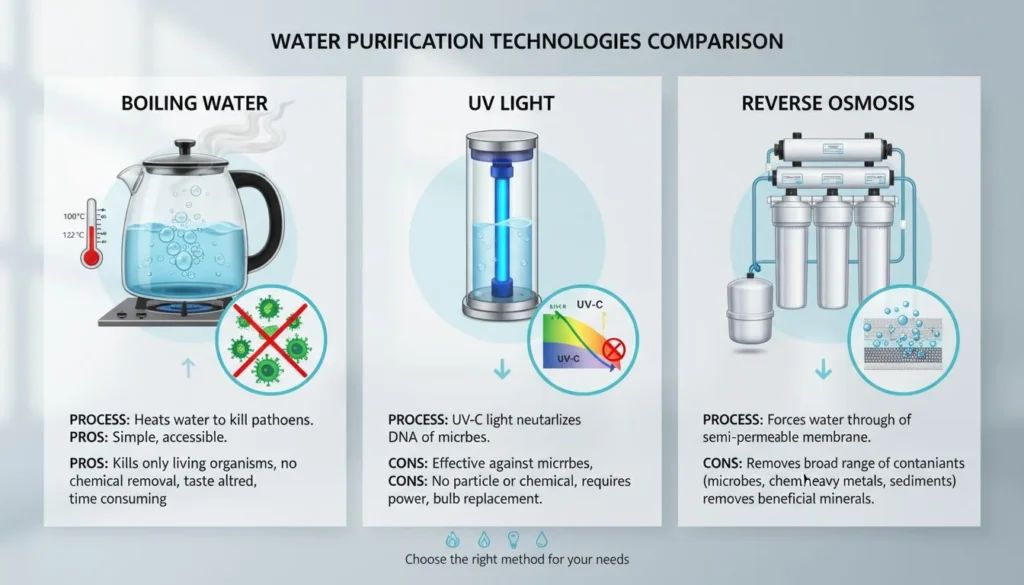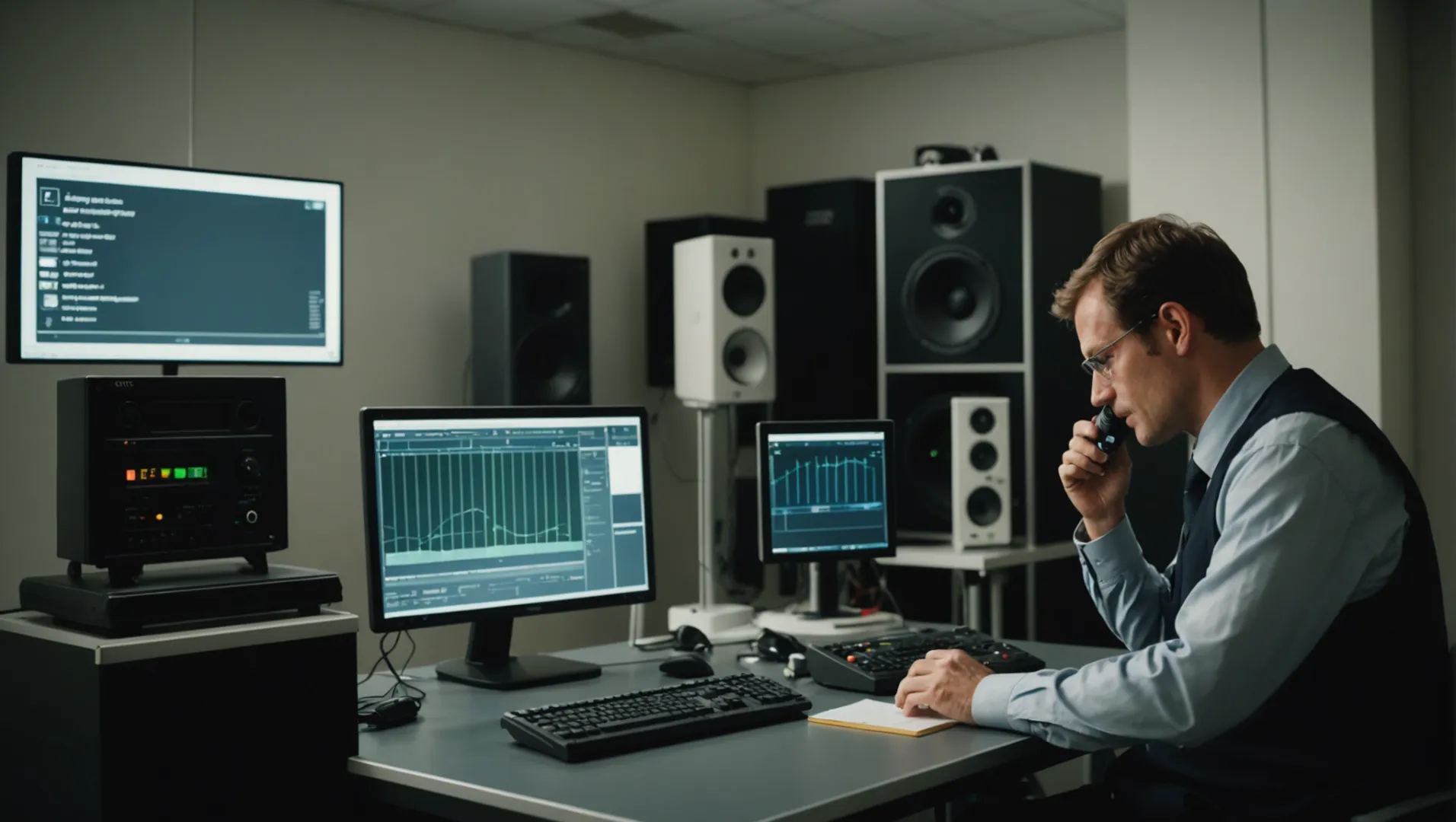
Siete stanchi di elettrodomestici rumorosi che disturbano la vostra pace? Proviamo insieme a testare i livelli di rumorosità dei purificatori d'aria!
Per testare efficacemente i livelli di rumore nei depuratori d'aria, è necessario utilizzare una sala prove professionale per evitare interferenze ambientali e distinguere tra misurazioni della pressione sonora e della potenza sonora. Per ottenere risultati accurati, i test devono essere in linea con le prestazioni del purificatore d'aria.
Sebbene questo frammento fornisca una comprensione di base, le complessità dei test di rumorosità sono molto vaste. Approfondite la nostra guida dettagliata per conoscere gli ambienti di prova professionali, le tecniche di misurazione e come bilanciare le prestazioni con i livelli di rumore per un funzionamento ottimale del purificatore d'aria.
La potenza sonora rimane costante indipendentemente dall'ambiente.Vero
La potenza sonora misura l'energia totale emessa, non influenzata dall'ambiente circostante.
Quali sono gli strumenti e le apparecchiature necessari per le prove di rumorosità?
Prima di intraprendere un'analisi del rumore dei purificatori d'aria, è fondamentale disporre degli strumenti e delle attrezzature giuste.
Tra gli strumenti essenziali per le prove di rumorosità vi sono i fonometri, i dosimetri di rumore, i calibratori e le camere anecoiche. Questi strumenti aiutano a garantire misurazioni precise della pressione e della potenza sonora, essenziali per valutare le prestazioni dei depuratori d'aria.
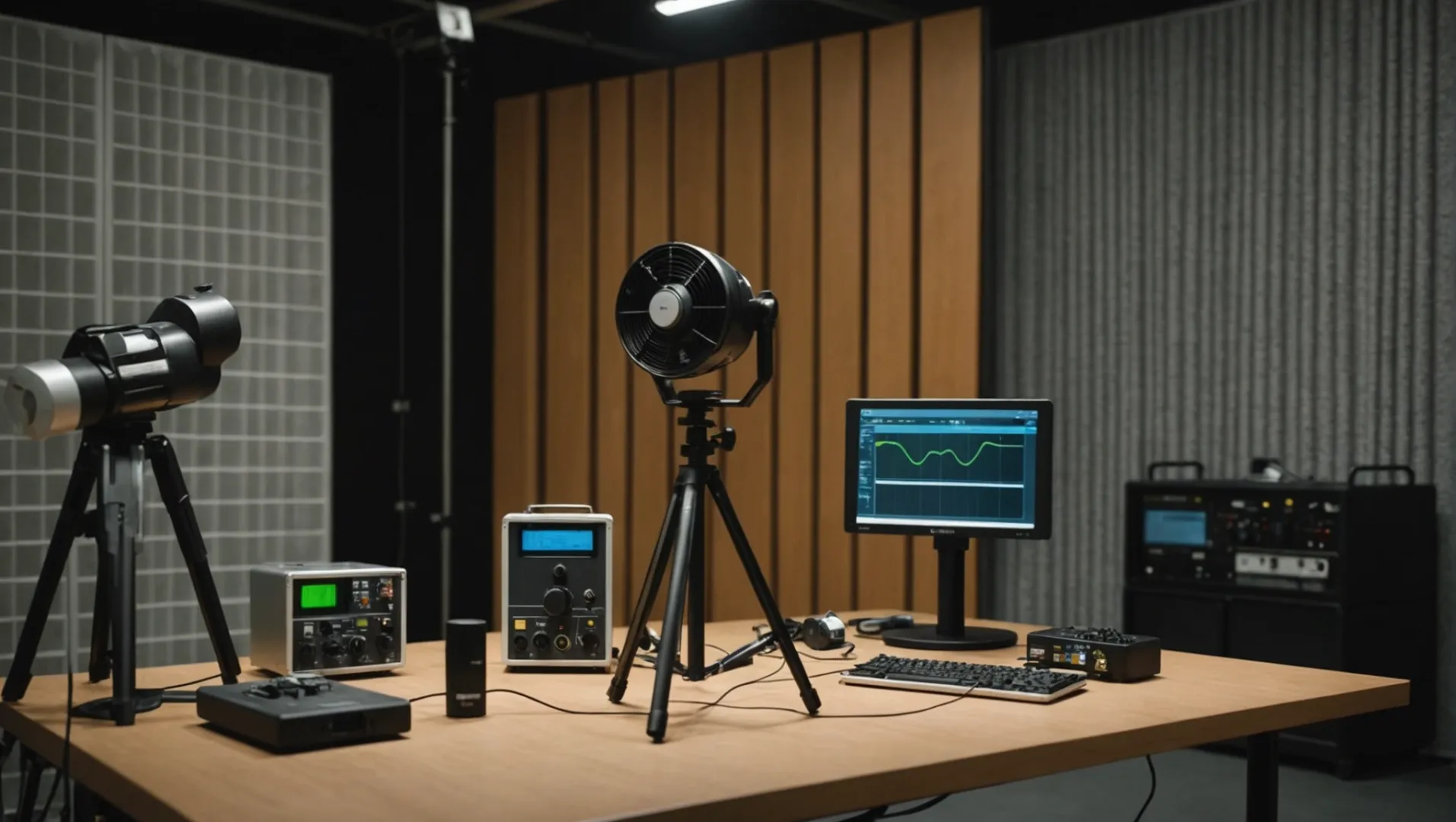
Comprendere le basi della misurazione del rumore
Per eseguire in modo accurato livelli di rumore di prova1 nei depuratori d'aria, sono necessari diversi strumenti specializzati. Ecco una panoramica dell'attrezzatura essenziale:
- Misuratori di livello sonoro: Sono utilizzati per misurare l'intensità del suono in decibel (dB). Sono fondamentali per comprendere il livello di rumore immediato prodotto da un purificatore d'aria.
- Dosimetri di rumore: Simili ai fonometri, questi dispositivi vengono utilizzati su periodi più lunghi per valutare l'esposizione media al rumore. Sono particolarmente utili in ambienti in cui i livelli di rumore fluttuano.
- Calibratori: Per garantire la precisione, i dispositivi di misurazione del suono devono essere calibrati. Un calibratore fornisce un tono di riferimento che consente di regolare il fonometro di conseguenza.
- Camere anecoiche: Si tratta di stanze appositamente progettate per assorbire i riflessi del suono. Forniscono un ambiente controllato per test più accurati, eliminando le interferenze del rumore esterno.
Pressione sonora e potenza sonora
Quando si misura il rumore, è importante distinguere tra pressione sonora e potenza sonora:
- Pressione sonora è ciò che sentiamo e viene misurato con i fonometri. È la variazione di pressione locale causata dalle onde sonore.
- Potenza sonoraè l'energia emessa da una sorgente per unità di tempo ed è una misura più intrinseca della capacità di una sorgente di generare suono. Viene spesso utilizzato in ambito industriale per la precisione.
In pratica, misure di potenza sonora2 richiedono configurazioni più sofisticate, come camere anecoiche e test multipunto, per determinare il profilo sonoro completo di un purificatore d'aria.
Procedure di test standard
I test sul rumore devono attenersi a procedure standardizzate per garantire la coerenza e la comparabilità dei risultati. Per i depuratori d'aria:
- Test a nove punti: Si tratta di misurare a varie angolazioni e distanze intorno al purificatore d'aria, in genere a un metro di distanza. Questo metodo consente di catturare il profilo completo delle emissioni acustiche.
- Rispetto degli standard: Utilizzare le linee guida di organismi come AHAM per il mercato statunitense, che forniscono protocolli specifici per i test.
La comprensione di questi strumenti e metodi non solo migliora la precisione delle misurazioni, ma aiuta anche a progettare purificatori d'aria più silenziosi ed efficienti.
I fonometri misurano l'intensità sonora in decibel.Vero
I fonometri sono progettati per misurare l'intensità sonora in decibel (dB).
Le camere anecoiche amplificano il rumore esterno per garantire test accurati.Falso
Le camere anecoiche assorbono le riflessioni sonore, eliminando le interferenze del rumore esterno.
Che differenza c'è tra pressione sonora e potenza sonora nelle misurazioni?
Capire la differenza tra pressione sonora e potenza sonora è fondamentale per effettuare test accurati del livello di rumore.
La pressione sonora misura le variazioni locali della pressione atmosferica causate da un'onda sonora, mentre la potenza sonora quantifica l'energia totale emessa da una sorgente. I livelli di pressione sonora possono fluttuare in base alla distanza e all'ambiente, mentre la potenza sonora rimane costante, fornendo un riferimento più stabile per confrontare diverse sorgenti.

Pressione sonora: l'esperienza del suono
La pressione sonora è spesso il termine a cui ci si riferisce quando si parla di quanto forte ci sembra qualcosa. Misura le fluttuazioni della pressione atmosferica in un punto specifico ed è tipicamente espressa in decibel (dB). Il livello di pressione sonora3 (SPL) è influenzato dalla distanza dalla sorgente e dalle condizioni ambientali, come pareti o oggetti che possono riflettere o assorbire il suono. Questa variabilità la rende una misura pratica per i prodotti di consumo, in quanto riflette le condizioni di ascolto reali.
Potenza sonora: la firma della sorgente
La potenza sonora, invece, si riferisce alla quantità totale di energia sonora emessa da una sorgente, misurata in watt. A differenza della pressione sonora, la potenza sonora rimane costante indipendentemente dall'ambiente circostante o dalla distanza dalla sorgente. Questa costanza la rende una metrica preziosa per le applicazioni industriali in cui è fondamentale un controllo preciso delle emissioni sonore.
Implicazioni pratiche delle differenze di misurazione
Nei mercati di consumo, come nel caso dei purificatori d'aria, le misurazioni della pressione sonora sono spesso utilizzate per la loro importanza per l'esperienza dell'utente. Tuttavia, per progettare purificatori d'aria ad alte prestazioni con bassi livelli di rumorosità, la comprensione della pressione acustica è fondamentale. misure di potenza sonora4 è essenziale. Ad esempio, riducendo la potenza sonora in uscita si può ottenere un dispositivo complessivamente più silenzioso, anche se i livelli di pressione sonora variano in base alla collocazione all'interno della stanza.
| Tipo di misura | Unità | Influenze | Applicazioni |
|---|---|---|---|
| Pressione sonora | dB | Distanza, ambiente | Prodotti di consumo |
| Potenza sonora | Watts | Nessuno | Design industriale |
Scegliere la misura giusta
La scelta tra pressione e potenza sonora dipende dall'obiettivo dell'applicazione. Se l'obiettivo è quello di garantire agli utenti un ambiente silenzioso, l'attenzione si concentra su livelli di pressione sonora5 è vantaggioso. Al contrario, per scopi ingegneristici in cui è necessaria una produzione costante, la potenza sonora fornisce un parametro di riferimento più affidabile.
La potenza sonora si misura in decibel (dB).Falso
La potenza sonora si misura in watt, non in decibel.
I livelli di pressione sonora variano con la distanza dalla sorgente.Vero
La distanza influisce sui livelli di pressione sonora, modificando l'intensità del suono.
Perché è importante una sala prove acustiche professionale?
Scoprite perché una sala prove acustica professionale è fondamentale per una valutazione accurata dei purificatori d'aria.
Una sala di prova professionale riduce al minimo le interferenze del rumore ambientale, garantendo misurazioni precise e affidabili dei livelli di rumore dei purificatori d'aria.
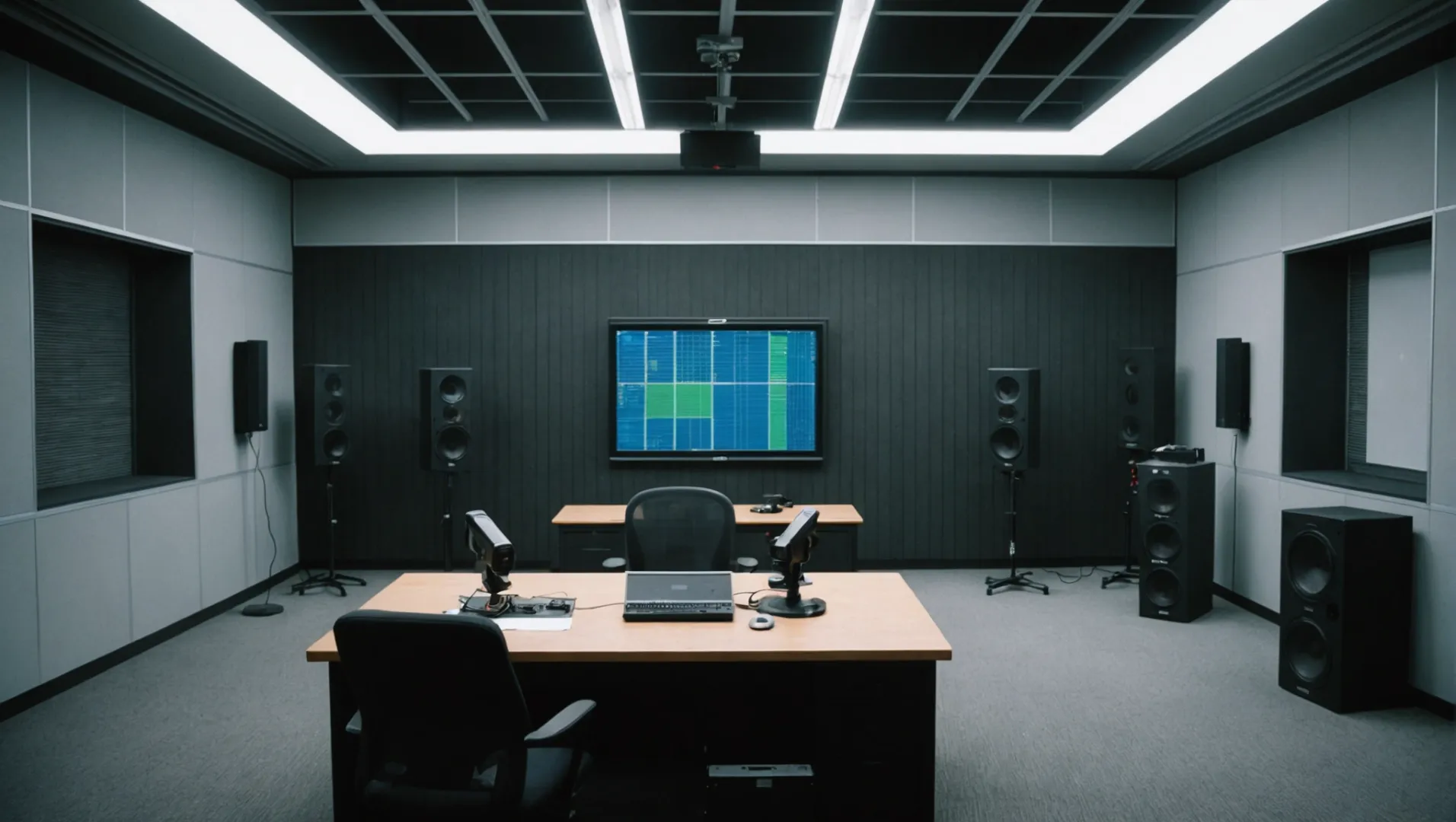
Garantire misure accurate
Una sala prove professionale è essenziale per ottenere risultati precisi e coerenti quando si misurano i livelli di rumore dei purificatori d'aria. Senza un ambiente così controllato, i rumori esterni potrebbero facilmente alterare le letture, portando a valutazioni imprecise che non riflettono realmente le prestazioni del purificatore d'aria. Isolando il dispositivo in una stanza specializzata, i tester possono concentrarsi esclusivamente sui suoni prodotti dal purificatore d'aria stesso.
Distinzione tra pressione sonora e potenza sonora
Nell'ambito dei test sul rumore, è fondamentale distinguere tra pressione sonora e potenza sonora. La pressione sonora, spesso utilizzata nei mercati consumer, rappresenta il livello sonoro udibile in un determinato punto e può variare in base all'ambiente. Al contrario, la potenza sonora quantifica l'energia acustica totale emessa dal dispositivo, offrendo una metrica più precisa, favorita negli ambienti commerciali.
Una sala di prova professionale per il rumore consente di misurare con precisione sia la pressione che la potenza sonora, fornendo un ambiente stabile e privo di influenze esterne. Questa chiarezza è particolarmente importante quando si progettano purificatori d'aria ad alte prestazioni con un rumore minimo.
Bilanciare le prestazioni con i livelli di rumore
I depuratori d'aria devono bilanciare un funzionamento efficiente con livelli di rumore accettabili. Un ambiente di collaudo professionale consente ai produttori di valutare rigorosamente questo equilibrio utilizzando tecniche quali test multipunto6. Ciò comporta l'esecuzione di misurazioni da varie angolazioni del dispositivo, come la parte anteriore, posteriore, laterale e superiore, in genere da una distanza di un metro. Questo test completo assicura che i livelli di rumore siano tenuti sotto controllo senza compromettere le prestazioni del depuratore.
Standard e conformità del settore
Il rispetto degli standard industriali è un altro motivo per cui una sala prove acustiche professionale è indispensabile. Standard come quelli dell'AHAM (Association of Home Appliance Manufacturers) guidano le procedure di test per garantire la coerenza tra i prodotti. Questi standard specificano come e dove devono essere effettuate le misurazioni, rendendo essenziale per i produttori l'accesso a strutture in grado di soddisfare questi requisiti rigorosi.
In sintesi, una sala prove professionale non si limita a ottenere bassi decibel; si tratta di garantire che i purificatori d'aria forniscano le migliori prestazioni mantenendo il comfort dell'utente attraverso livelli di rumore accettabili. Questo equilibrio è fondamentale nel mercato competitivo di oggi, in cui i consumatori richiedono un funzionamento silenzioso e una purificazione dell'aria efficiente.
Le sale di prova professionali per il rumore riducono l'interferenza del rumore esterno.Vero
Queste sale sono progettate per ridurre al minimo il rumore ambientale, garantendo misure precise.
La pressione sonora e la potenza sonora sono identiche nei test sul rumore.Falso
La pressione sonora varia in base all'ambiente; la potenza sonora misura l'energia acustica totale.
Come bilanciare prestazioni e rumore nei depuratori d'aria?
L'equilibrio tra prestazioni e rumore nei depuratori d'aria è fondamentale per un funzionamento ottimale senza disturbi.
Per bilanciare prestazioni e rumore nei purificatori d'aria, è necessario testare i livelli di rumore utilizzando misure di potenza sonora, considerando la velocità della ventola e impiegando tecnologie avanzate per un funzionamento più silenzioso.

Comprendere il compromesso tra prestazioni e rumore
I depuratori d'aria funzionano facendo circolare l'aria attraverso i filtri per rimuovere gli inquinanti. L'efficacia di questo processo dipende in larga misura dalla velocità della ventola e dal tipo di sistema di filtraggio utilizzato. In genere, le velocità più elevate delle ventole migliorano le prestazioni di pulizia dell'aria, ma aumentano anche i livelli di rumore. Pertanto, il raggiungimento di un equilibrio richiede regolazioni strategiche.
Il ruolo della velocità e della tecnologia del ventilatore
I produttori spesso integrano controlli a velocità variabile, consentendo agli utenti di regolare la velocità del ventilatore in base alle proprie esigenze. Le impostazioni ad alte prestazioni possono essere adatte durante i picchi di inquinamento, ma possono essere rumorose. Al contrario, un'impostazione più bassa può essere sufficiente per l'uso notturno, quando si preferisce un funzionamento silenzioso.
I recenti progressi tecnologici hanno portato allo sviluppo di ventilatori e motori più efficienti che producono meno rumore senza compromettere le prestazioni. Tecnologie come Sistemi di filtrazione HEPA7 e i filtri a carboni attivi sono progettati per massimizzare la purificazione dell'aria riducendo al minimo l'emissione acustica.
Utilizzo delle misure di potenza sonora per il controllo del rumore
Le misurazioni del livello di potenza sonora sono generalmente più accurate dei livelli di pressione sonora, soprattutto in ambienti commerciali e industriali. Questo approccio prevede la valutazione del suono emesso dal depuratore stesso piuttosto che del suono percepito dall'orecchio umano, che può variare a seconda dei fattori ambientali.
Un test di rumorosità completo dovrebbe prevedere la misurazione in più punti intorno al purificatore d'aria: davanti, dietro, ai lati e sopra, in genere a una distanza standard di un metro. In questo modo si ottiene un quadro più chiaro del profilo di rumore nelle diverse modalità operative.
| Tipo di misura | Descrizione | Applicazione |
|---|---|---|
| Potenza sonora | Energia acustica totale emessa | Preferenza per la progettazione e l'ingegneria |
| Pressione sonora | Livello di rumore percepito dall'uomo | Comune nelle valutazioni dei consumatori |
Implementazione delle innovazioni di design
L'integrazione di caratteristiche progettuali quali involucri isolati, materiali fonoassorbenti e pale aerodinamiche può contribuire ulteriormente alla riduzione del rumore. Alcuni modelli avanzati includono sensori intelligenti che regolano automaticamente la velocità della ventola in base alla qualità dell'aria, mantenendo un equilibrio tra prestazioni e silenziosità.
Concentrandosi su questi elementi, i produttori possono creare purificatori d'aria che soddisfano sia gli elevati standard di prestazione che le aspettative di bassa rumorosità, offrendo ai consumatori il meglio di entrambi i mondi.
Le velocità più elevate della ventola aumentano il rumore del purificatore d'aria.Vero
L'aumento della velocità della ventola migliora la pulizia dell'aria, ma aumenta i livelli di rumore.
I filtri HEPA riducono il rumore nei depuratori d'aria.Falso
I filtri HEPA migliorano la purificazione ma non riducono direttamente il rumore.
Conclusione
La comprensione dei test di rumorosità può guidare l'utente verso il purificatore d'aria perfetto, bilanciando l'efficienza con la tranquillità.
-
Scoprite gli elenchi completi degli strumenti essenziali per un'analisi accurata del rumore..: La valutazione del livello di rumore prodotto da un purificatore d'aria è fondamentale. Utilizziamo uno strumento specializzato per misurare i livelli di rumore sulla scala dBA e testiamo ogni purificatore d'aria ... ↩
-
Scoprite le principali differenze tra pressione e potenza sonora: Nel caso di un livello di potenza sonora, il valore di riferimento è 10-12 Watt, mentre il valore di riferimento per il livello di pressione sonora è 2,10-5 pascal. ↩
-
Scoprite come i livelli di pressione sonora influiscono sulle esperienze uditive..: Il livello di pressione sonora (SPL) è il livello di pressione di un suono, misurato in decibel (dB). È pari a 20 x il Log10 del rapporto tra la radice ... ↩
-
Comprendere l'importanza della potenza sonora nella progettazione dei prodotti..: Il rumore industriale - noto anche come inquinamento acustico industriale - si riferisce al suono indesiderato o eccessivo prodotto da attività e processi industriali. ↩
-
Scopri l'influenza dell'SPL sulla percezione dei consumatori..: Questa valutazione PNR aiuterà i consumatori a comprendere meglio e a confrontare il rumore dei prodotti che potrebbero voler acquistare. ↩
-
Scoprite perché i test in più punti garantiscono una valutazione completa del livello di rumore: Per testare il filtro dell'aria fai-da-te ho deciso di cucinare lo stesso pasto per quattro volte e di far funzionare la ventola ad alto livello per due dei test. ↩
-
Scoprite come i sistemi HEPA bilanciano l'efficienza di purificazione e la riduzione del rumore: HEPA è un tipo di filtro meccanico pieghettato per l'aria. È l'acronimo di "High Efficiency Particulate Air [filter]" (filtro ad alta efficienza) (come definito ufficialmente dal Dipartimento dell'Energia degli Stati Uniti ... ↩


